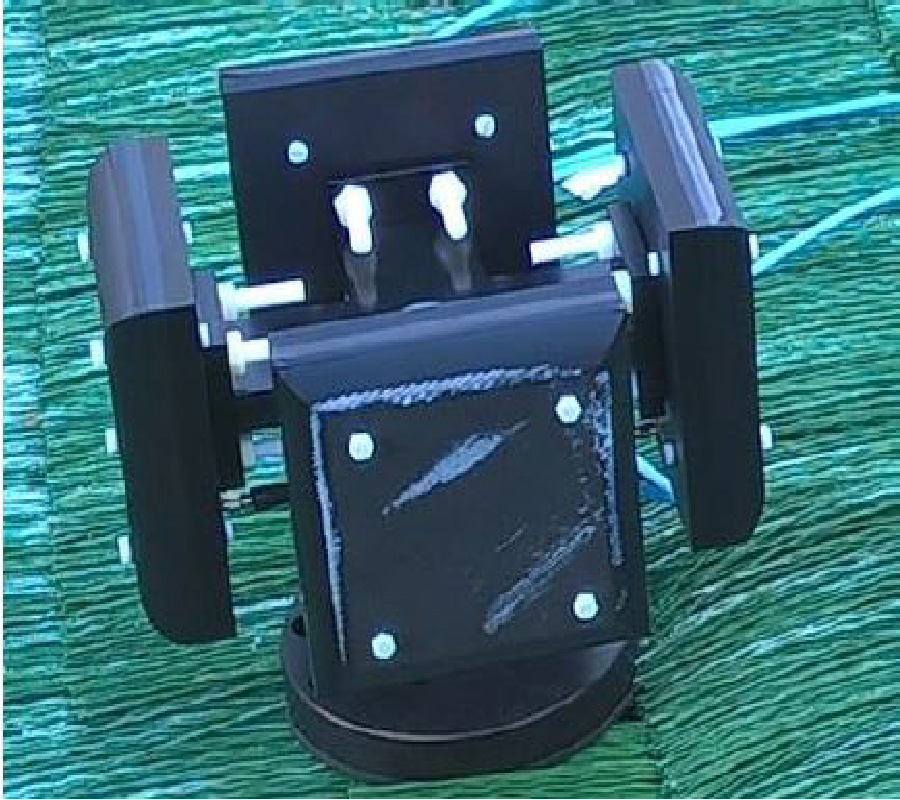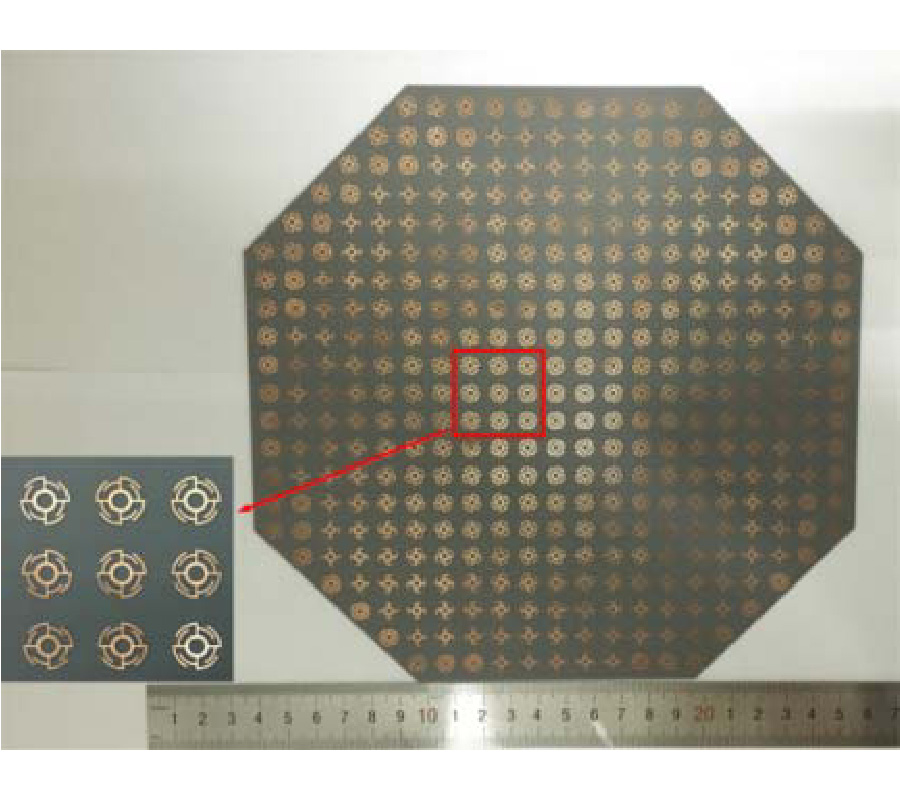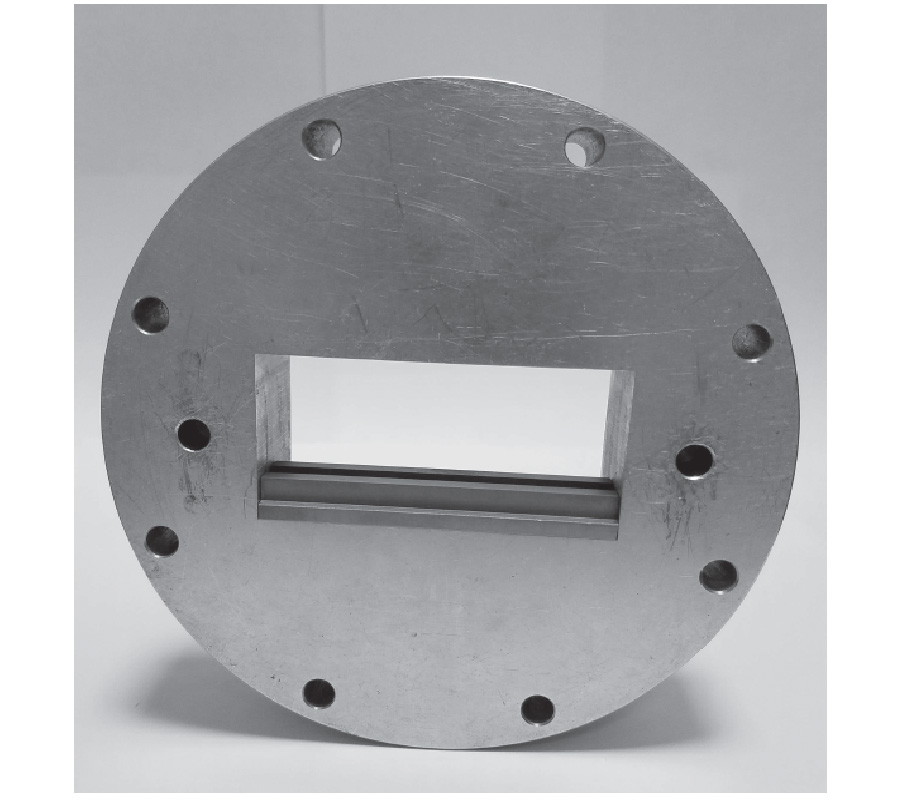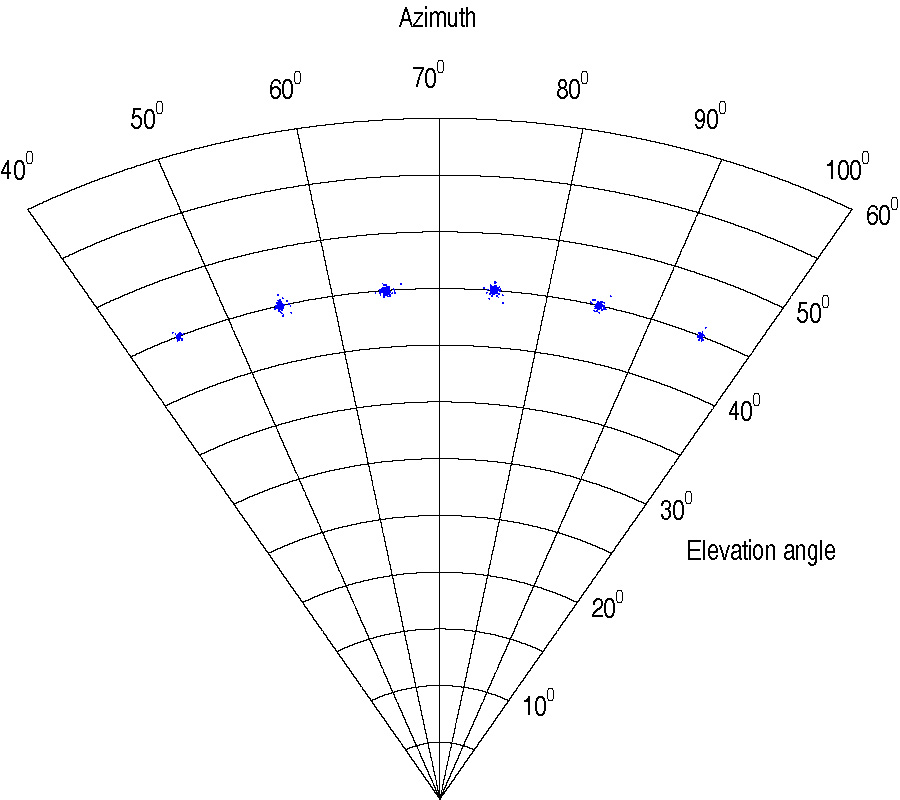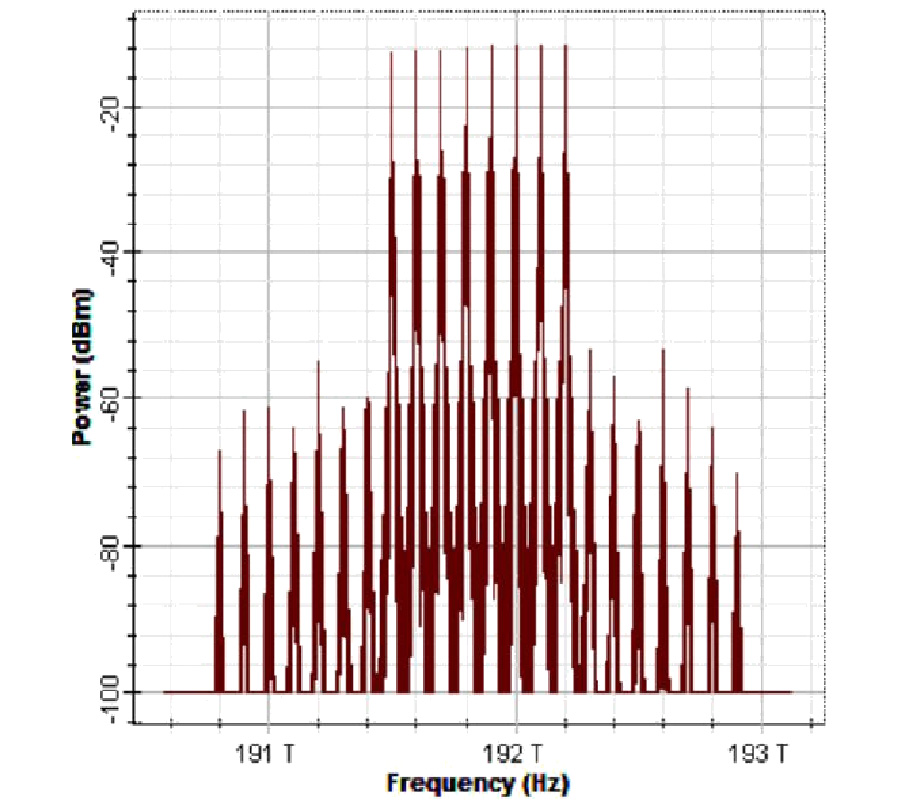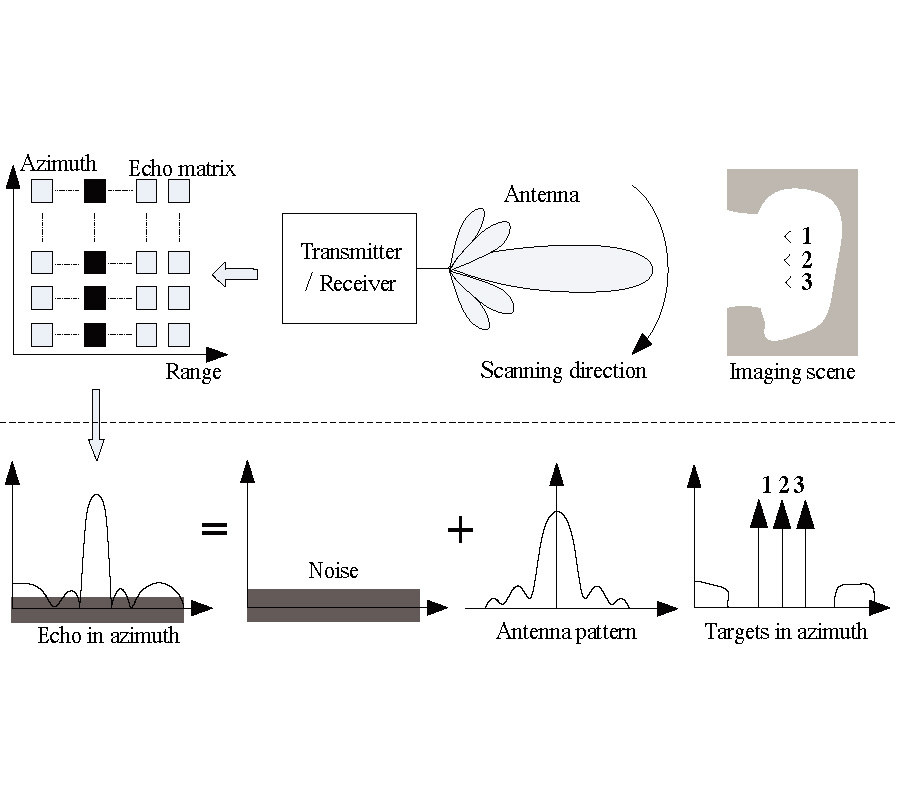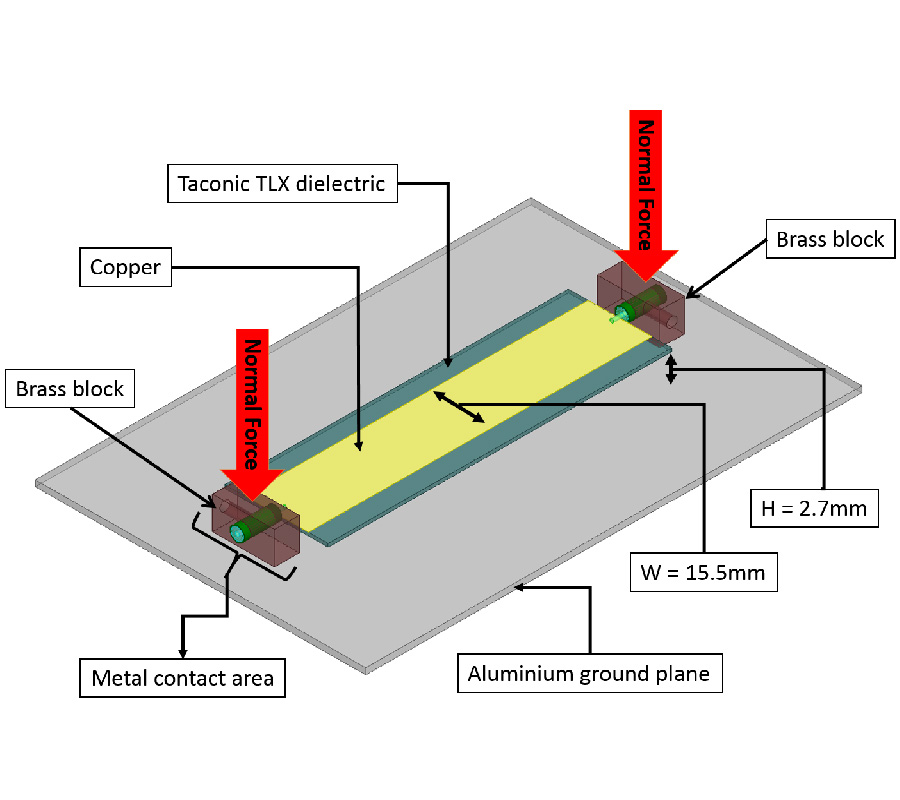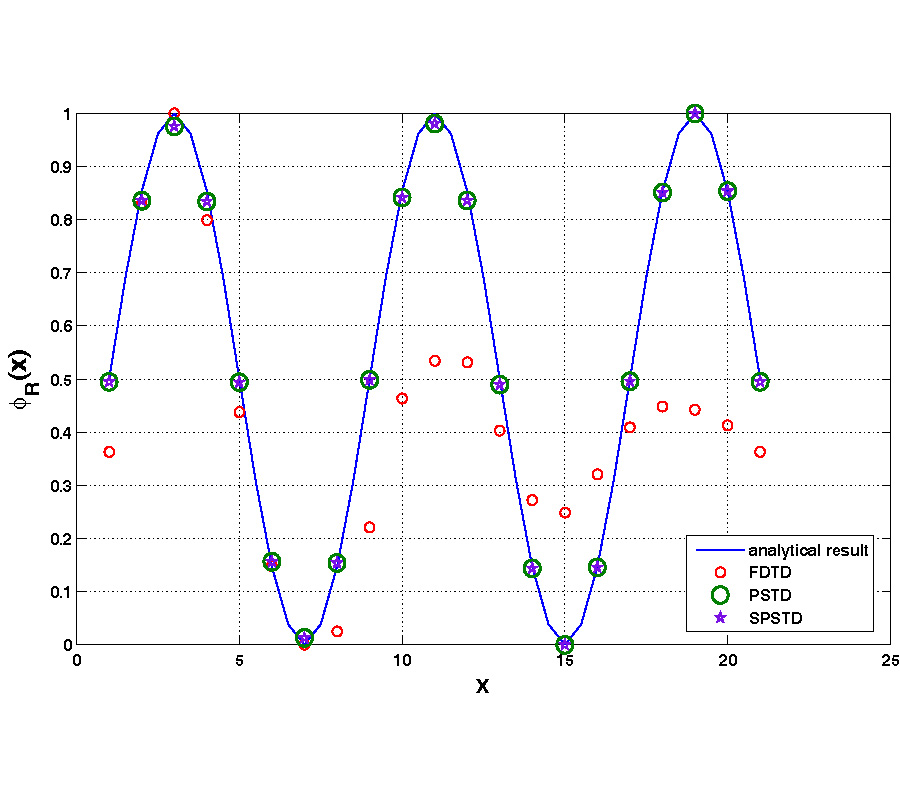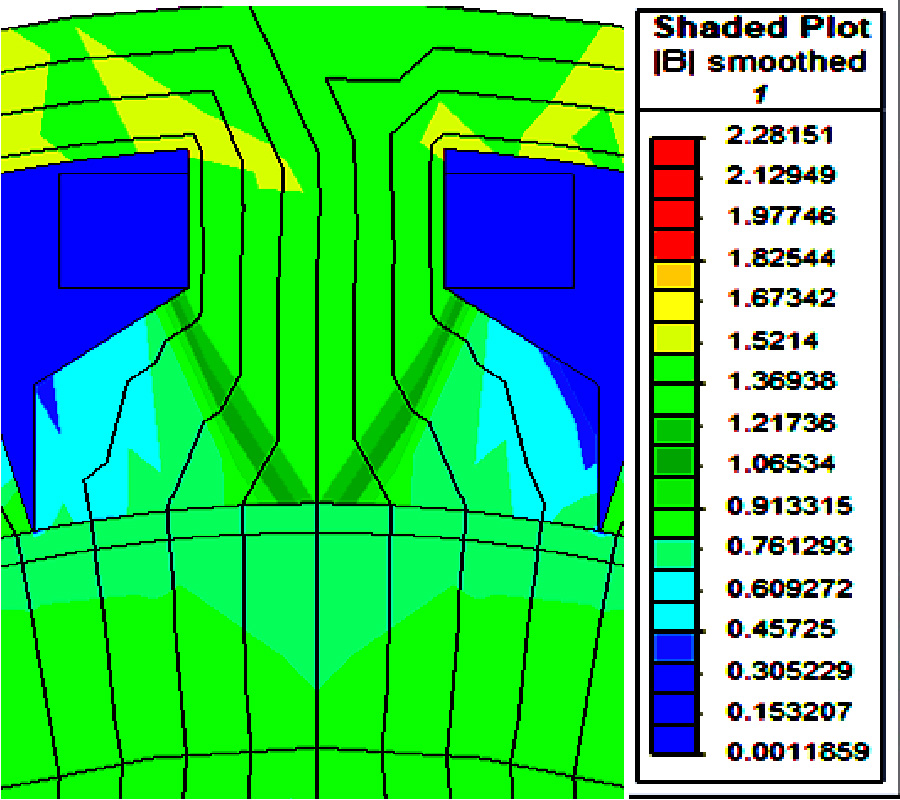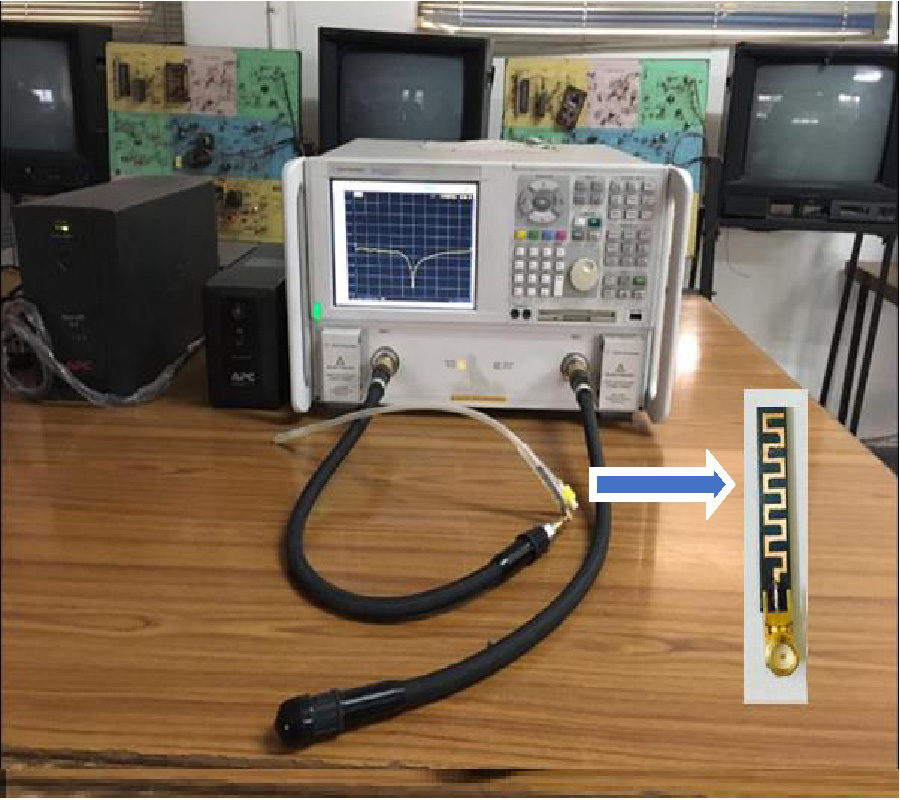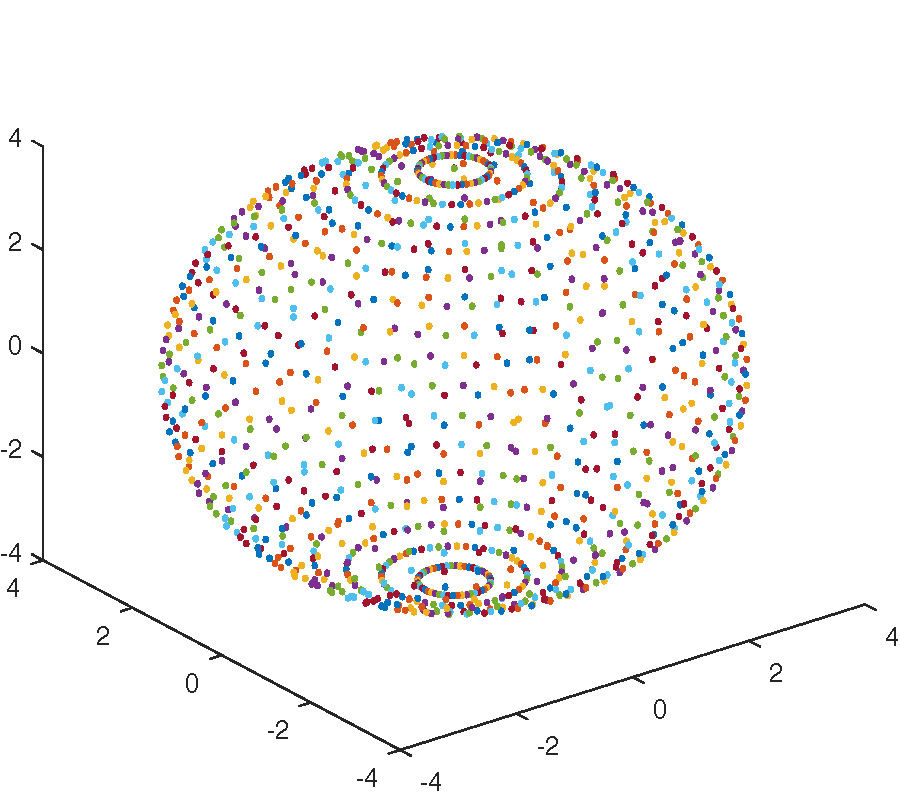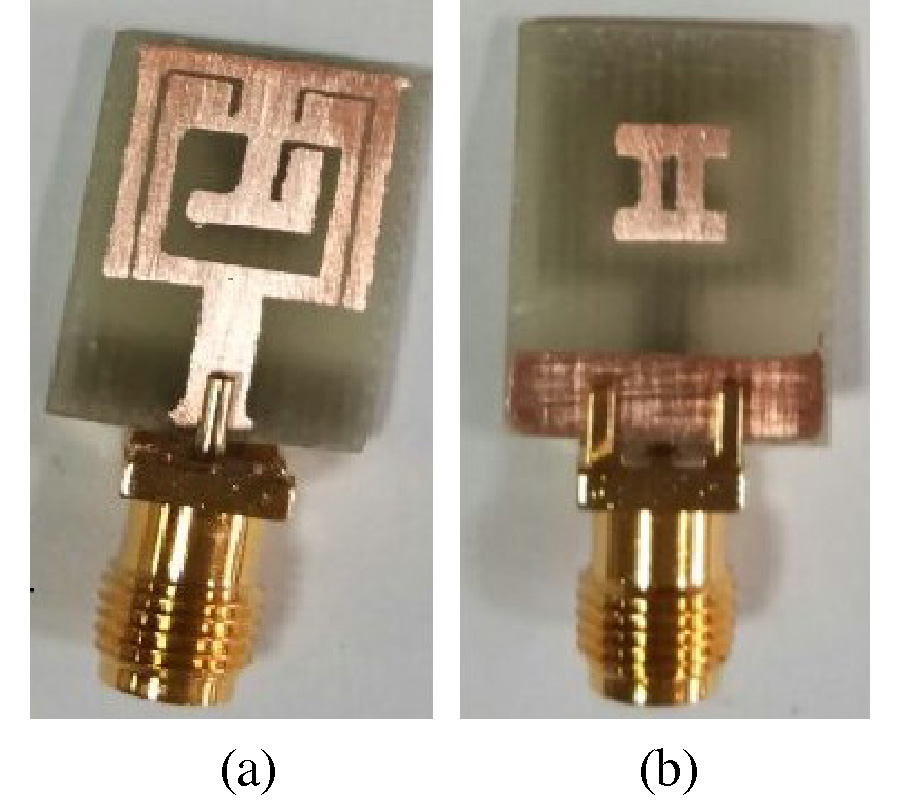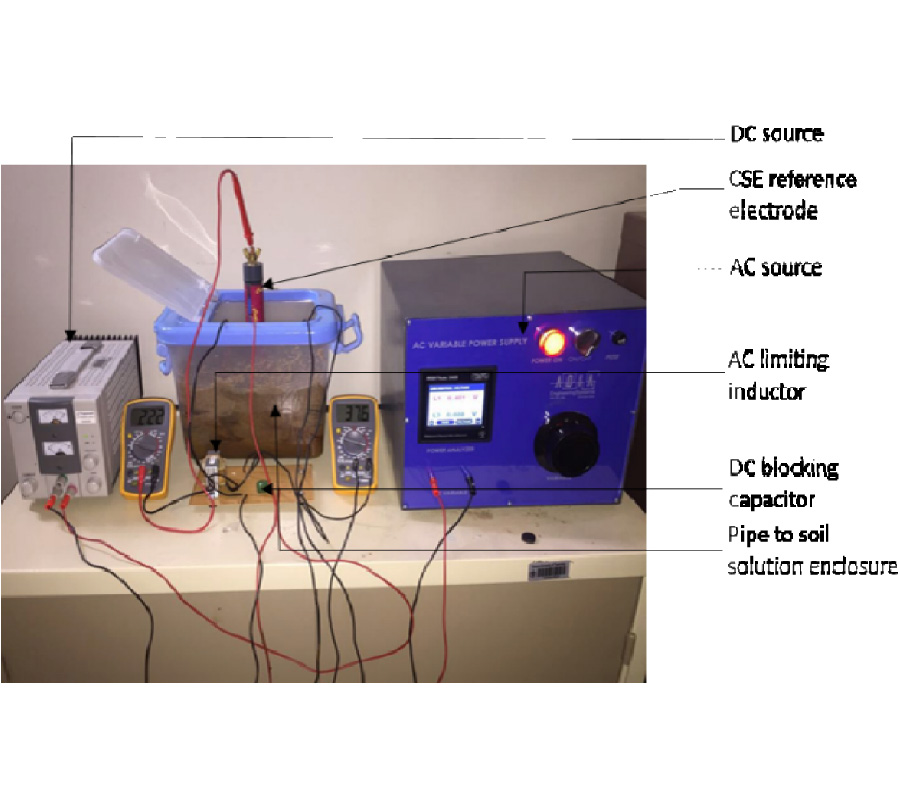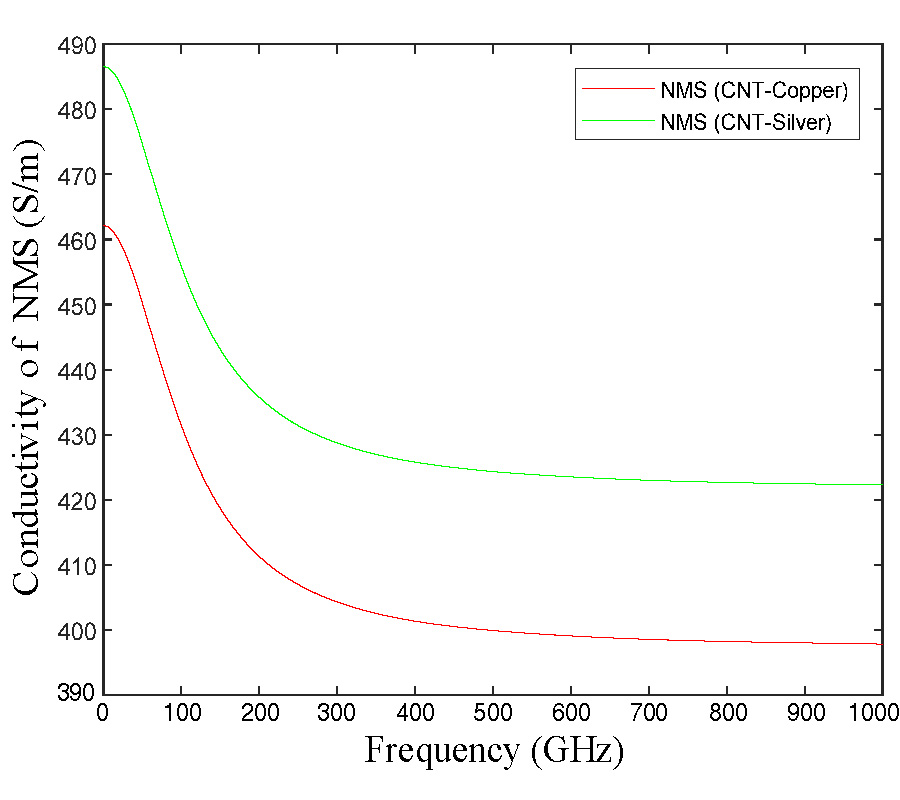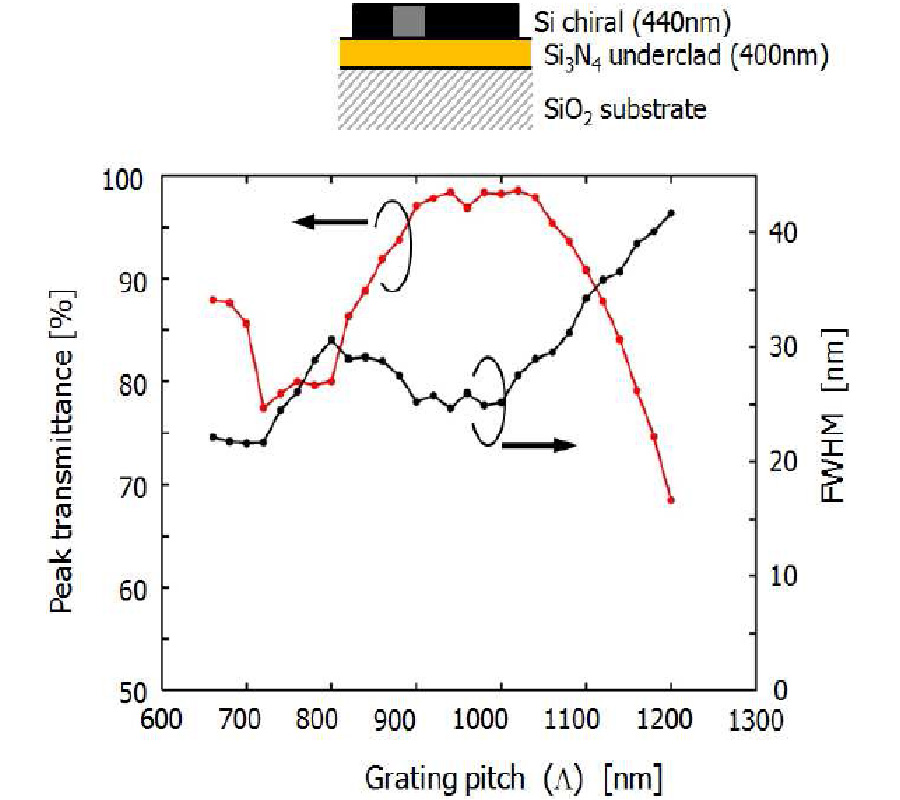Beam Switchable Vehicular Antenna for Increased Communication Range
Bilal Khan
,
Markus Berg
,
Seppo Rousu
and
Aarno Pärssinen
In this paper, a beam switchable antenna solution for vehicular use is presented. Main objective is to improve the cellular connectivity of vehicles operating in poor coverage region. An adaptive antenna system operating in the frequency band 824-960 MHz having high gain, and full azimuth plane coverage, and main beam in elevation plane pointing towards 90˚, was developed. Beam switchable antenna provides beam-steering in azimuth plane, by switching one antenna element active at a time. The concept of stacked patch antenna with L probe feed was used for a single element. This arrangement gives gain of 7.4-8.2 dBi, and total radiation e�ciency of 0.11 dB, over the band, with broadside radiation pattern, and half power beam width of single element up to 80˚. The field measurements for the designed antenna system were performed in poor coverage regions using commercial cellular network. Results were compared to corresponding results of conventional vehicular antenna, having omnidirectional radiation pattern and the gain of 3 dBi. The developed antenna system results in 3.5...12.7 dB higher RX level than reference antenna and increase communication range from 71 km to 109 km in open area. Similarly, in suburban area the communication range is increased from 20 km to 30.8 km. Also, the narrower beam acts as spatial filter and results in reduced fading.
